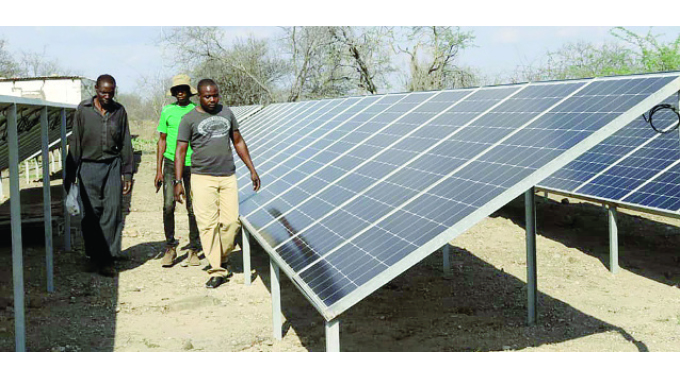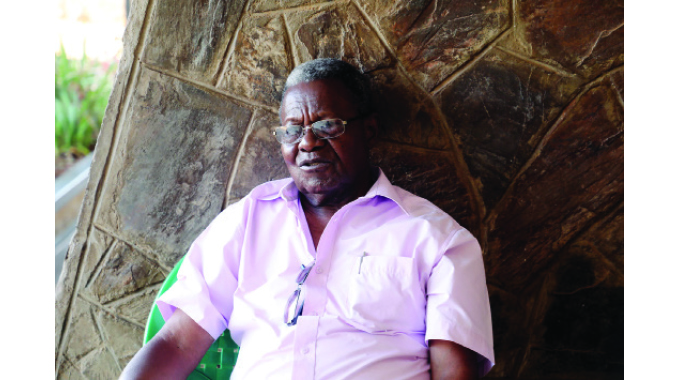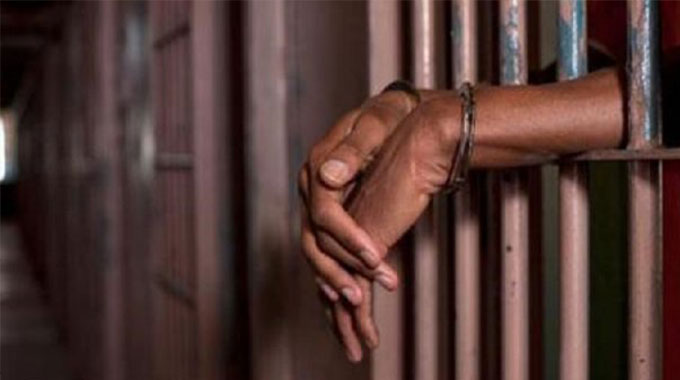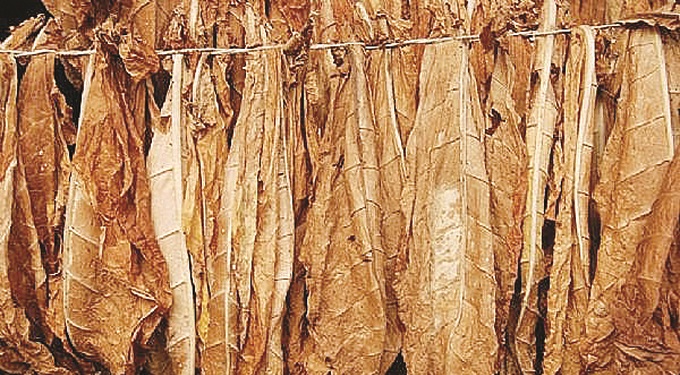US$1 million breathes life into Tshikwalakwala

Thupeyo Muleya, Beitbridge Bureau
THE Government in partnership with the International Fund for Agricultural Development (IFAD) has invested US$1 million to rehabilitate Tshikwalakwala Irrigation Scheme in Beitbridge District, Matabeleland South, as the Second Republic continues accelerating rural development and industrialisation.
IFAD is a specialised agency of the United Nations that works to improve agricultural development and livelihoods in rural areas of developing countries.
The Government intervened to save the irrigation project from total collapse through the Smallholder Irrigation Revitalisation Program (SIRP).
Under the programme, the irrigation system was mechanised with solar plants which can generate a combined 129 kilowatts of power and eight more boreholes were drilled. The solar plants can irrigate up to 1 000 hectares.
The 65-hectare irrigation scheme has been lying idle for the past 15 years and work to revitalise it started in 2019 and was completed last month.
Tshikwalakwala Irrigation Scheme has 113 plot holders; 62 females and 51 males, and working with the Agricultural Rural Development and Advisory Services, they have since cleared 30 hectares of land to plant maize and soya beans.
Farmers have already started harvesting wheat and are expecting an average yield of 200 tonnes. This year, Matabeleland South has 2 286 hectares under wheat compared to last year’s 1 158 hectares.
The increase has been attributed to various strategies which have been implemented by Government and its partners as well as buy-in from farmers.
There are also plans to expand the hectarage to 90 hectares of which 25 hectares will be reserved for citrus farming.

Zimbabwe is an agrarian economy with most of the country’s sectors being directly and indirectly linked to the agricultural sub-sector.
The Government under the Second Republic is targeting the transformation of rural and urban economies through the enhancement of food, nutrition, markets, and jobs using value chains as a means of achieving a prosperous, inclusive, diverse, sustainable and competitive agriculture sector.
Zimbabwe envisages to be an upper middle-income economy by 2030 and agriculture is critical in the attainment of that vision, with the sector targeting to become a US$8,2 billion economy by 2025.

The wheat crop at Tshikwalakwala Irrigation Scheme in Beitbridge
Tshikwalakwala Irrigation Scheme management committee chairperson, Mr John Kibi Muleya said the revitalisation of the scheme has given the local community a new lease of life.
“We are grateful to the Government for its intervention through rehabilitating our irrigation scheme, which is a major source of livelihood for the community. Before the revitalisation of the irrigation scheme, we used to operate using three diesel-powered pumps and for us, it was economically unsustainable,” he said.
“Due to the high operational costs, some plot holders were already considering pulling out of the scheme.”
Mr Muleya said at the moment farmers are seized with harvesting the winter wheat crop.
Mrs Grace Hlongwane, a plot holder said the irrigation scheme has transformed their lives and boosted their incomes.
“As women, you will note that we carry the larger part of the social burden. It is, therefore, a positive development for us as farmers and we laud the Government for such an investment, which has created an extra revenue stream for the community,” she said.

The solar plant at Tshikwalakwala Irrigation Scheme in Beitbridge
“With irrigation farming, we can grow a variety of crops throughout the year without necessarily being worried about the effects of climate change.’
Another farmer, Mrs Joyce Shoko said the irrigation scheme has improved lives in the semi-arid region.
“We are in a dry region where rain-fed farming is a challenge, but since last year, we have been witnessing the fruits of this huge investment by the Government. The construction of two ground solar plants has also helped address power supply challenges that we faced resulting in crops wilting,” she said.
Mr Jabu Sibanda, a plot holder, said the revitalisation of the irrigation project had brought relief to many farmers around Ward 1.
The resident Agricultural Rural Development and Advisory Services officer for Ward 1, Mr Leo-Marvin Mawire said farmers planted 23 hectares of wheat, which they have started harvesting and expecting an average yield of 200 tonnes.
“For now, we have planted wheat on 23 hectares where harvesting has started and we are expecting a yield of 200 tonnes. In terms of water facilities, eight more boreholes have been drilled in the Limpopo River using modern technology, and we also converted the existing three to use solar,” he said.
The district agronomist, Ms Eve Kuzwa said the Government had engaged a lot of partners to resuscitate most irrigation projects in the district.

Mrs Beauty Ncube after graduating in 1960
She said the number of functional irrigation projects had increased from eight to 12 since 2018 with most of them using modern technology powered by solar.
Chief Matibe urged development partners to complement Government efforts to enhance food security in the country.
“As traditional leaders, we are happy to see the Government addressing issues of food and nutrition security. We urge development partners to also chip in and complement efforts by the Government so that we fully utilise all water bodies and open more schemes in the district,” he said.
Food insecurity is a global threat affecting almost every nation with Zimbabwe not spared. The global food crisis has been triggered mainly by prolonged droughts due to climate change, the Covid-19 pandemic and the ongoing Russia- Ukraine conflict, which has affected the global food supply chain.
Ukraine and Russia contributed 30 per cent worldwide supply of wheat. Following the Russian-Ukrainian conflict, the Government took a bold step to increase wheat farming and expects to produce a record high harvest of 380 000 tonnes this year.
The country requires about 360 000 tonnes of wheat annually and will have a surplus of the crop. – @tupeyo












Comments